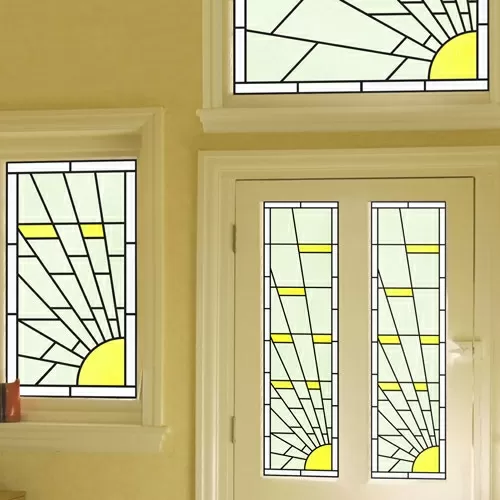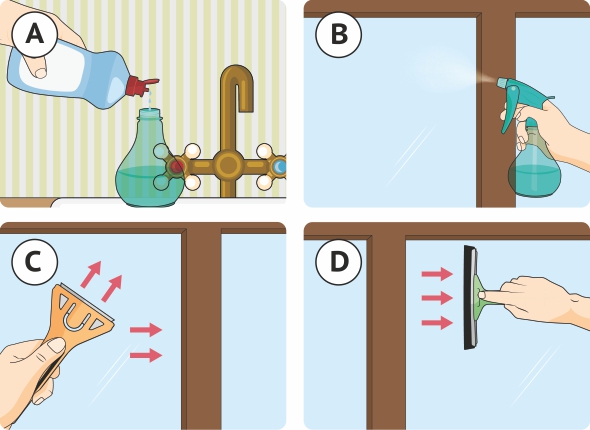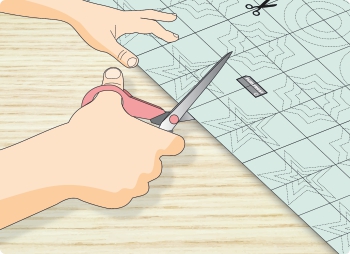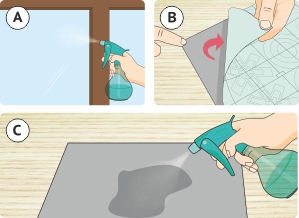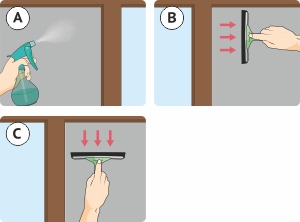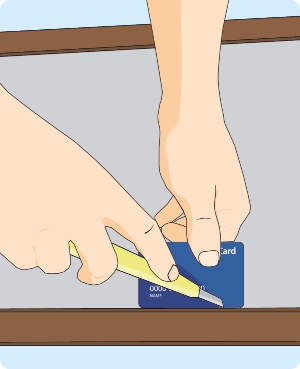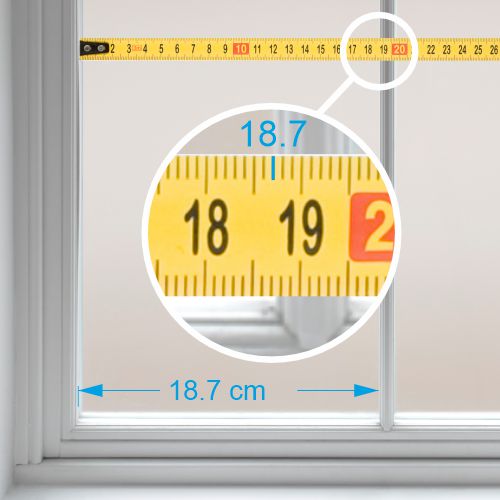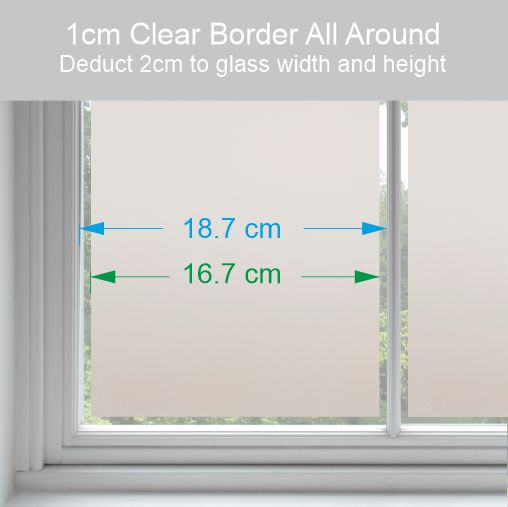
Zircon House Number
Please use this online facility to order your Art Deco inspired stained glass effect house number to your exact measurements and with your own number. The end product is a cost effective alternative to stained glass, and is very easy to install. Please note that the preview is only a graphic representation and that your number will be centered and resized to best fit the designs before printing.
To order matching panels with no number, entre "NO NUMBER" in the text box.
Read More
© 2025 Purlfrost All rights reserved




